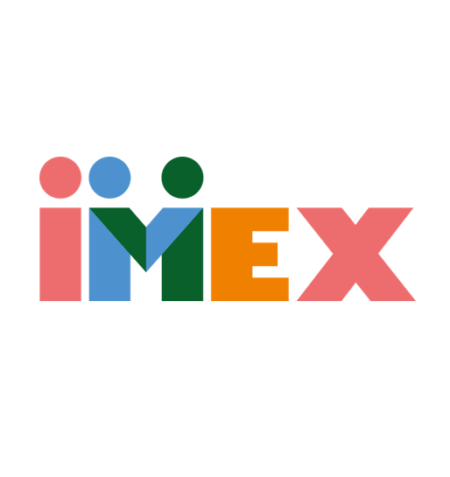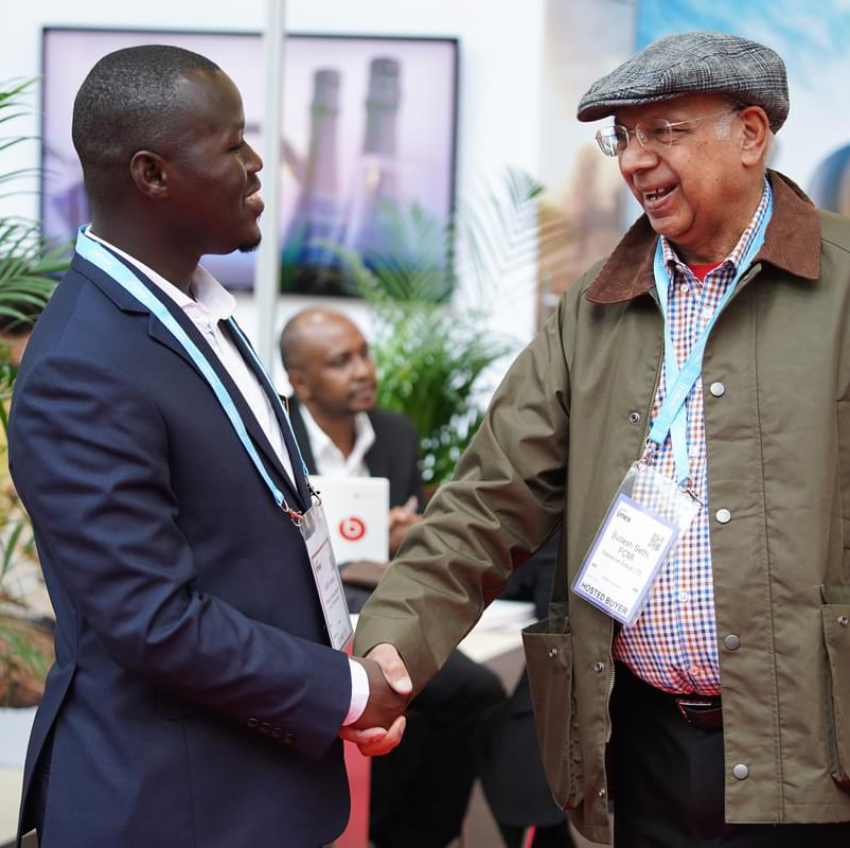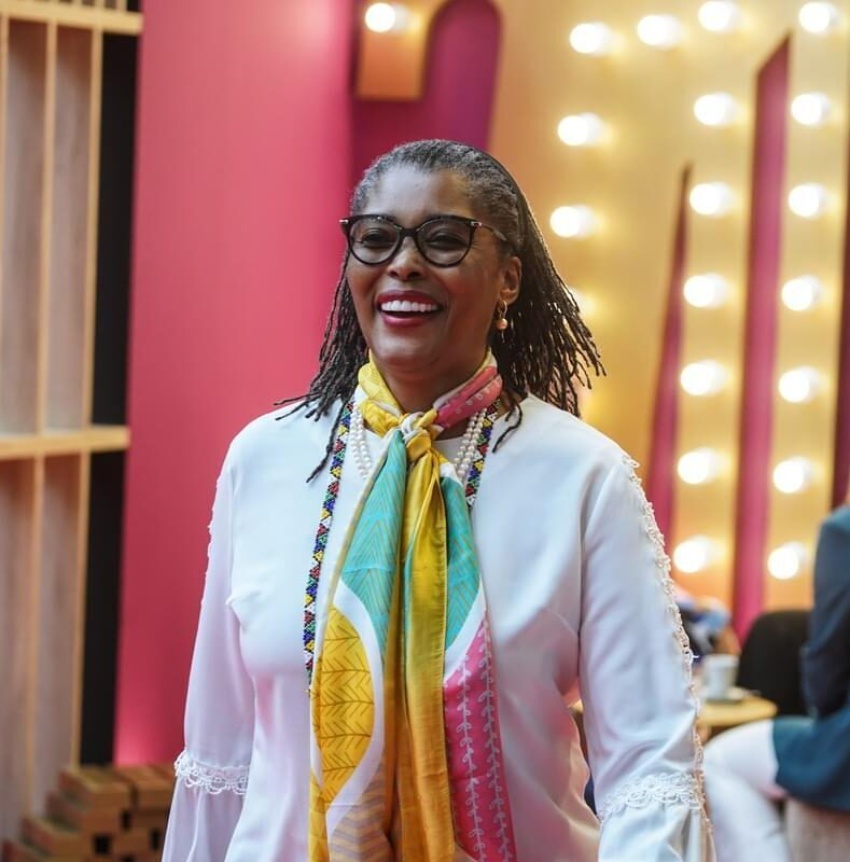How can we create more accessible events?
We sat down with Bettyanne Sherrer, CMP, CMM, DES to learn how event planners can create more accessible events, using the insight she's gained working on the annual Deafblind International World Conference in Ottawa.
Bettyanne is VP & Managing Partner, CanPlan Events & Conference Services and a passionate advocate for accessibility in events.
How did you start working with the Deafblind International World Conference?
Bettyanne: I started working with the deafblind community in Canada 20 years ago. I quickly realized interveners (people who work with those with disabilities and are their guides to the world) were missing the chance to connect—they needed a conference. When Canada won the privilege of hosting the Deafblind International World Conference, I was delighted to receive the call, and planning started immediately.
What did you learn from the conference?
Bettyanne: Even though I’ve worked in this community for two decades, I learned so much from this event; it tested everything and then you throw in a pandemic! I was with the two co-chairs making final venue selections, when the World Health Organization declared a global pandemic. Everything including the budget was set pre-pandemic, but as we all know now, post-pandemic, labor, food and beverage have increased so much.
From the beginning, all communications going out had to be in English, French, ASL (American Sign Language) and LSQ (French Sign Language). Every email had to have a translation plus two videos with both sign languages.
It was a full four-day conference and we wanted to make sure that it reflected the lived experience of the deafblind community. Multiple options were looked at from every touch point. The right resources and people were so important, as we knew we would have deafblind speakers.
We curated the event timetable so the speakers’ families could be there to share the experience. Deafblindness is a very isolating condition, and it is growing due to an ageing population and other factors.

Accessibility at conferences and events is being talked about a lot more. How do you feel this is going?
Bettyanne: I’m so happy these overdue conversations are happening. Due to all of us having barriers to being connected during the pandemic, tech blew up, and all of a sudden, there were solutions. People were using tech platforms such as Zoom, MS Teams or Go-To-Meetings that people with disabilities had used for a while. Suddenly individuals with disabilities were able to participate and their voices were heard. It levelled the playing field.
An event planner needs to start and end with empathy when looking at an accessibility plan. This had not occurred to people before. We have seen change happen with sustainability and food choices. The same needs to happen with accessibility.
Accessibility elements to consider include:
- Use of telecoils to connect hearing aids with public assistive learning systems
- Intervenors in all rooms
- Service animals – at the conference more than 30 guide dogs needed to be looked after, walked and watered!
- Lighting is everything. At the conference we planned highly flexible movable lights to accommodate everyone, from those with pinpoint vision to those with peripheral vision, those sensitive to light and those who need light full-on.
- Accessibility for speakers. We had sign language interpreters, intervenors giving audience feedback. Imagine a beautiful ballet of different interpreters, intervenors and all the audio feeds that are being picked up and sent, via languages including ASL and LSQ. It was emotional to watch it all happen. We also put a lot of contrast on the backstage ramp and railings, so speakers could safely and comfortably navigate to the stage.

What do you feel is going to be the biggest accessibility learning curve in 2024?
Bettyanne: There is a lot of pressure to get it right. So, how do you start? Start with empathy, look at what’s already in place, what you can adapt, and the culture of your organization.
When looking at registration, it’s not good enough to just have a tick box saying, “Do you have a mobility issue?”
In the same way that you look at food and beverage, and allergies, look at accessibility and ask questions. In this venue or environment will this person be comfortable, safe, and have an enjoyable and engaging experience like everyone else? And how and what do I put in place to ensure that?
Another learning curve is how to prepare speakers. Your big-name speaker, who has come in with their pre-planned deck, must describe their slides. Speakers also need to look at their slide templates and make sure that they’re in sharp contrast and easy to read.
And you need to work closely with your venue to make sure your attendees can navigate it. Is there brail in the elevators? Are there visual markers when approaching stairs or are there things in place to show there is a change coming?
Our Talking Point for 2024 is Impact. One of our calls to action is, “It's time to own your impact”. How are you owning yours this year?
Bettyanne: I’ve had the privilege to work with the most amazing community that has taught me so much. This experience has shaped my view and my future work. I am striving to ensure better alignment and collaboration are built and nurtured. I’ve had amazing opportunities to do really cool things, but this conference is some of the work I am most proud of.








